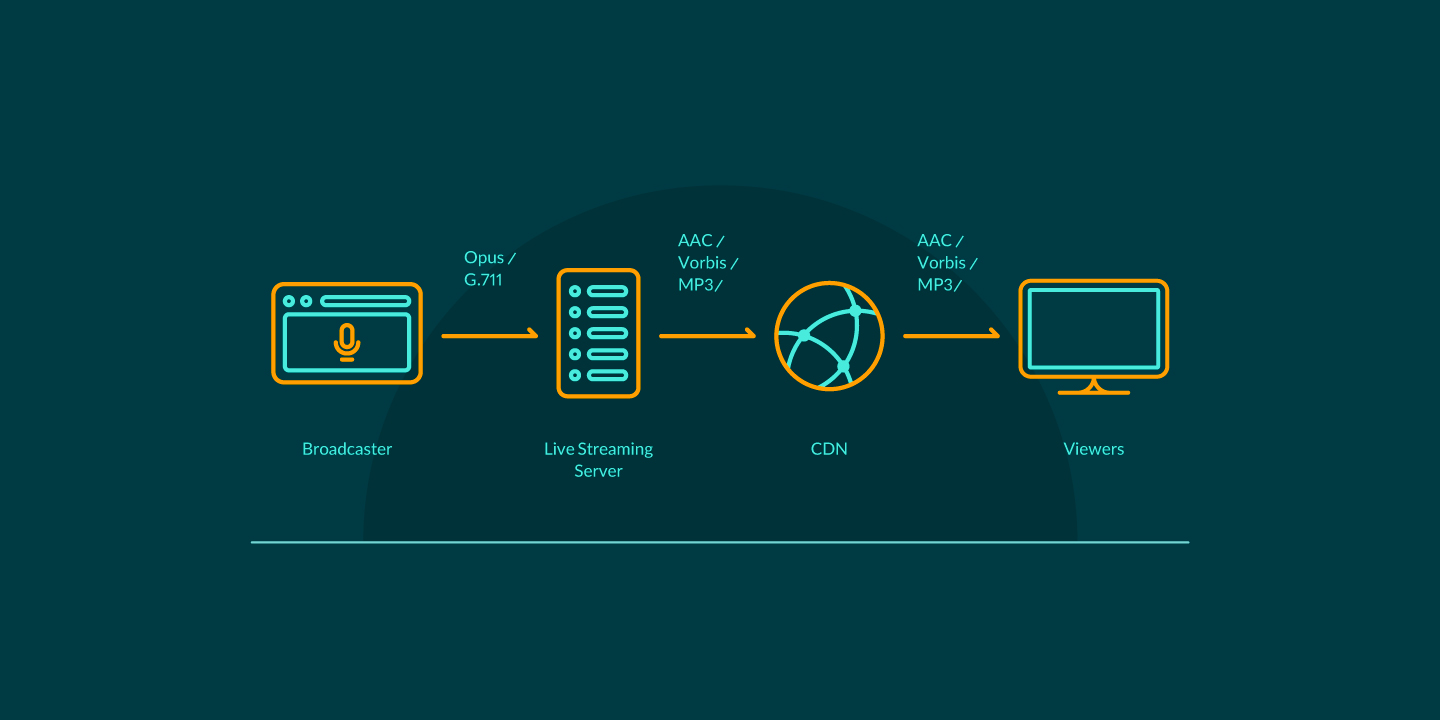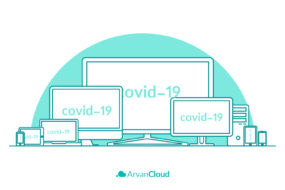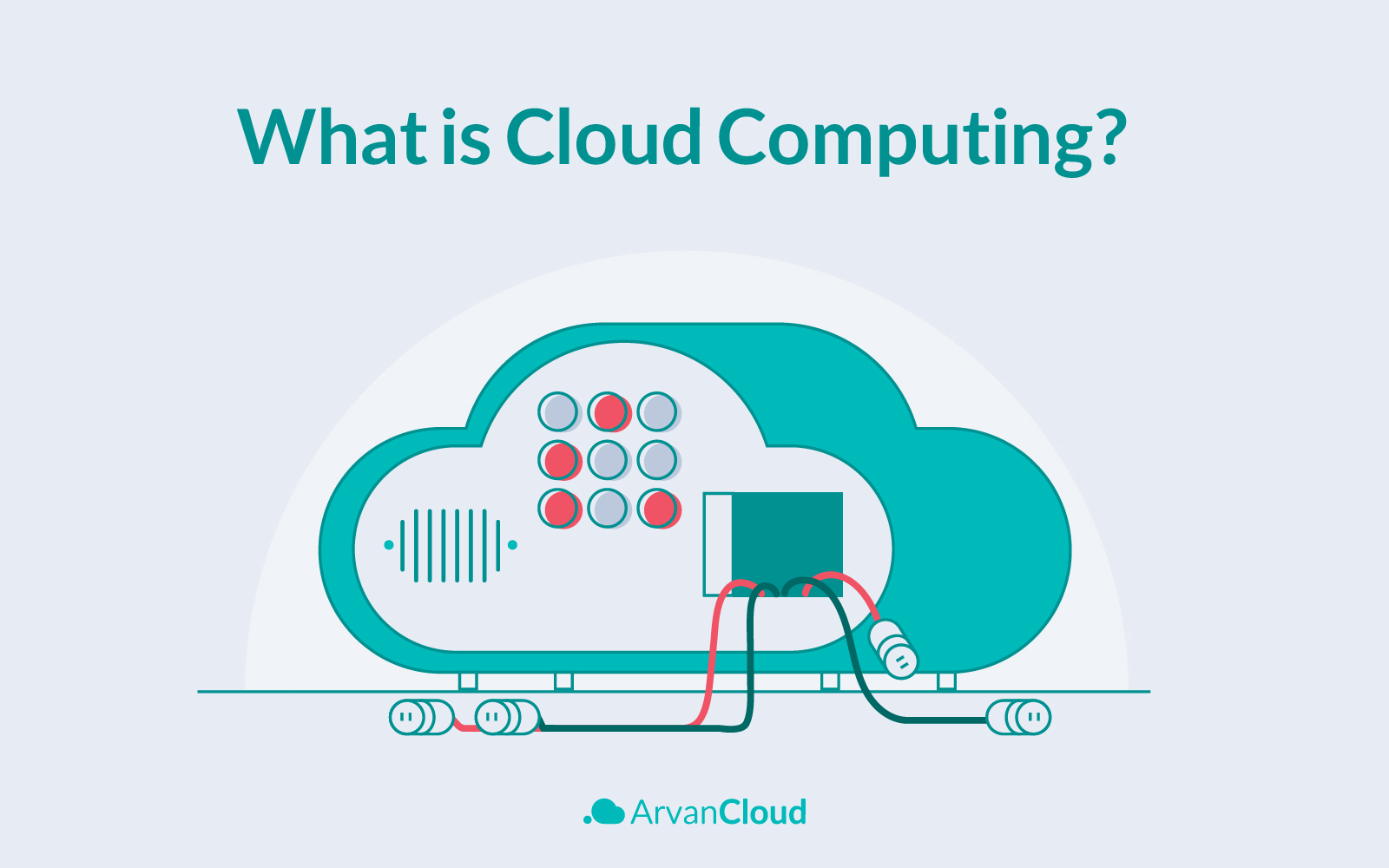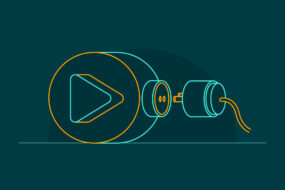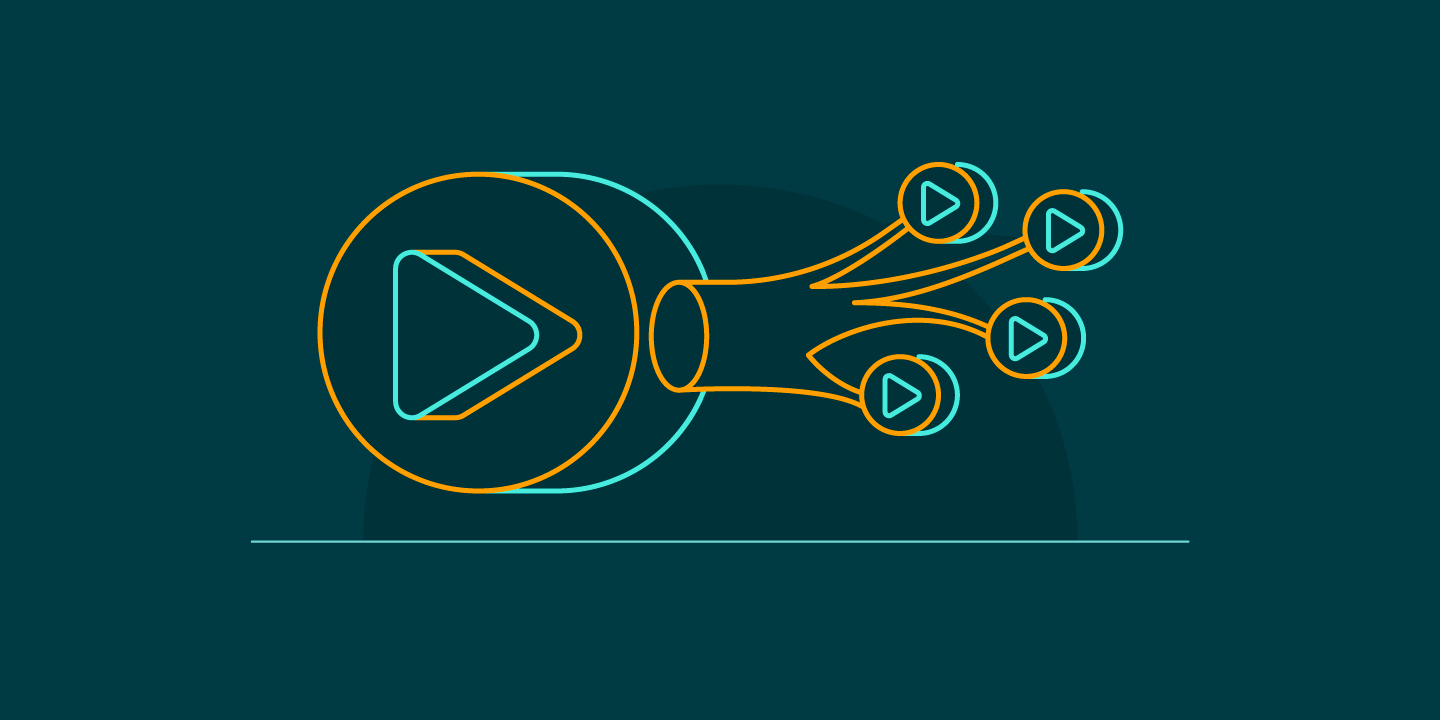
In simple terms, Video Transcoding refers to creating multiple versions of the same video in different sizes. Each discrete version will have a different optimization for users with varying internet speeds.
Video Transcoding allows you to deliver high-resolution videos to your viewers with fast internet connections. At the same time, you can provide lower-resolution videos to your viewers with slower internet connections.
Transcoding video allows you to provide a better viewing experience for all of your viewers. You can improve your viewers’ playback experience by reducing buffering and latency by using video transcoding.
It is necessary to transcode video files in the first place since video files are huge. That means video files consume considerable bandwidth and memory when transmitting over the Internet.
Compressing large video files is accomplished using a technology known as “codecs”.
H.264 is the most popular video codec today, but many others exist. Overall, all video codecs work similarly by removing extraneous data from video files to reduce file size while maintaining high video quality.
For video to stream adaptively, transcoding is an essential task. When a digital file or set of files is encoded, it is transformed into an altered version that meets the hardware or audience’s needs. This is especially important for ensuring your content is available on various devices.
For example, videos shot on digital cameras with high resolutions, such as HD and 4K, can be transcoded into smaller ones. Live broadcast videos can be transcoded from their original format into different formats to be delivered to the most audience on the broadest range of devices.
Essentially, transcoding involves converting one type of encoded data, such as video or audio, to another because the device displaying the content often requires smaller file sizes. This article explains what it means for video content creators and broadcasters.
The Video Transcoding Process
Using multiple file types in an editing app can result in frames being dropped because it has difficulty decoding media in real-time. Transcoding, which is the process of decoding, reformatting, and re-encoding files, takes multiple types of video footage and recodes it into a single video codec or file format.
As a result, the editing program runs faster, and the filmmaker experiences a better user experience – especially if several creators or editors are collaborating on a project together.
Despite the same frame rates and frame sizes as your original video files, it takes an hour to transcode an hour of footage. Editing transcoded footage is faster than juggling multiple video formats. By transcoding your video files, your computer and editing program will run faster, enabling you to work more efficiently.
For example, many editors use smartphone footage to edit their videos. These clips tend to be stored in HEVC or H264 formats, which are very processor intensive, so they may slow down your computer. You can edit your work faster if you transcode these files to ProRes or DNx.
What Happens During Video Transcoding?
The following video transcoding processes need to use a live streaming platform like ArvanCloud Video Platform:
- Codec Conversion: In WebRTC and HLS, there are different audio codecs, so a live transcoder can change Opus audio to a more typical format, such as AAC.
- Creating Multiple Output Renditions: By streaming more than one rendition simultaneously, broadcasters must use adaptive bitrate streaming. Video transcoding allows broadcasters to convert a single source stream into various resolutions and bitrates, allowing viewers to view the highest quality stream according to their device and connection speed. Even better, if a viewer’s connectivity improves, the stream will adjust to deliver a superior rendition.
- Adding Graphics: Streamers looking to utilize WebRTC might add additional graphics during video transcoding. They use lower-third overlays, watermarks, and logos since WebRTC enables browser-based encoding.
- Transmuxing: During transmuxing, compressed video data is ingested on a media server and then repackaged into a new format. In this case, WebRTC data is repackaged into HLS. Distributors can use various protocols to deliver streams to more devices without manipulating the file.
One, two, and three are examples of transcoding. At the same time, the fourth step, transmuxing, does not require decompression and recompression of the stream.
For this reason, it is less computationally intensive than transcoding. In this case, transcoding the codec was a necessary first step in repackaging the stream.
Transcoding is important. You must transcode your video if you want to reach a greater audience. If you want to live stream from your office and you use a browser-based desktop application like Adobe Flash that generates 1080p H.264 video with Speex audio, then you could be capturing webcam audio and video.
Streaming your show directly will encounter problems; however, you will be able to deliver it live to online viewers
- Viewers with inadequate bandwidth will not be able to view the stream – their screens will display a ‘buffering’ circle instead.
- Most people must use Flash Player to render Speex audio. Now, you’ve excluded anyone with slow data speeds on tablets or mobile phones.
Using video transcoding, you can create time-aligned video streams with different frame sizes and bit rates, while converting Speex audio to AAC audio. These streams are internet-friendly so you can watch them on virtually any screen.
Why Should You Use Transcoding?
You should consider the importance of transcoding according to your requirements. In general, transcoding aims to reach the largest number of viewers possible.
Here are some of the key reasons why transcoding is important:
Adaptive Bitrate Streaming (ABR)
Video players using formats such as HLS can dynamically switch between different video sources depending on the viewer’s internet connection and device, for example switching from 1080p to 720p versions.
Reduced Bandwidth Requirements
From a single video input, transcoding can generate various video sources for ABR use. This can be especially useful for live streaming environments with limited upload speeds.
Custom Transcodes for Different Destinations
Some platforms require different video input resolutions when live streaming. For example, Periscope recommends 540p for input.
You can transcode the original video source to a separate lower resolution stream used exclusively for Periscope instead of reducing all your streams to 540p.
Flexibility to Support Multiple Formats
Streams can be re-encoded into different formats, such as HLS or MPEG-DASH. This might be useful if you’re streaming to various devices that only support specific formats.
Clean Up Encodes of Streams
You may be unable to control how the video is encoded while live streaming.
This is often the case with hardware devices such as cameras encoding RTMP directly on the device. Since live streaming is usually beyond the expertise of these hardware manufacturers, they typically fail to configure their RTMP encoder properly, resulting in a messy RTMP stream.
Transcoding allows you to fix these incorrect configurations and drastically improve playback quality.
What Is OTT?
OTT is one of the most widely used terms related to the world of multimedia and cloud computing, for which OTT has a wide range of applications. OTT is an influential media service that provides a new style of content and service delivery on the Internet. The quality of OTT-based video content is better than many previous generation media such as television.
OTT Applications
OTT entered the world of technology to bypass the limitations defined by the operation of content control or distribution companies for TV (cable) and satellite broadcasting platforms.
OTT describes a type of no-carrier communication mechanism in smartphones that does not limit the user to a telecommunications service provider. This, like VoD, is the beginning of a new generation of television services that provides access to linear broadcast channels of satellite television providers or television programs. Here, the Internet is the platform for sending data, and the user does not need to purchase additional equipment to access this content.
Some Internet TVs are an example in this field that allows instant and live access to the programs being broadcast on TV and works as a video hosting service provider.
Video Transcoding and OTT
Most Internet traffic is driven by video consumption, and OTT programming is one of the main reasons.
In recent years, OTT technology has become one of the most widely adopted ways to view content due to the wide variety of emerging display devices.
To ensure that a captured video reaches an end-user device in the right quality for an enhanced viewing experience much more is required than just broadcasting. It takes a variety of file formats, compatible with a wide range of platforms and players, for a piece of content to reach its intended audience.
There are many important considerations as a content producer that you should consider when working with a streaming workflow, such as encoding and transcoding.
Why Is Transcoding Important for OTT Streaming?
Since content owners are investing time and money into acquiring or filming videos, they must reach maximum audiences to maximize the ROI of their efforts. The more the content owner wants to distribute his video, the more transcoding will be required over an OTT platform.
- Supports multiple file formats
Because of inefficiency, you may find it challenging to deliver your valuable content to multiple display devices. Transcoding eases this process by enabling different versions of the same content to be produced using other file formats, such as HLS and DASH, and making them compatible with multiple platforms/multiplayer games.
- Facilitates Adaptive Bitrate Streaming (ABR)
According to Wikipedia, “Adaptive Bitrate Streaming is a technique for streaming multimedia with varying resolutions and bitrates over HTTP at different bitrates and resolutions depending on the user’s bandwidth and screen size”.
As the player switches between multiple versions of a video based on the end-user’s Internet connection, it can switch between resolutions dynamically, e.g., from 1080p to 720p based on the source format. This is especially useful if the Internet connection fluctuates and promotes buffer-free streaming that is low on bandwidth.
There are two primary conversions that streaming video goes through to accomplish ABR:
TransRating: The process of changing bitrates, such as converting 4K video input streams at 13 Mbps to 6 Mbps, 3 Mbps, 1.8 Mbps, 1 Mbps, or 600 kbps.
TransSizing: A method of reducing the video frame resolution, for example, from 4K UHD resolution to 1080p, 720p, 480p, or 360p.
Advantages of Transcoding
There are several benefits to video transcoding for both publishers and end users. Let’s take a look at them separately.
Benefits for publishers:
- By encoding multiple resolutions and bitrates at the same time, it is possible to reduce the cost and complexity associated with this process.
- Provides a playback option that removes limitations based on encoder configurations and codec protocols.
- Ensures that new technologies can be utilized.
Benefits for users:
- Lack of buffering due to low bandwidth connections.
- Supporting the device’s format and resolution when receiving the video.
- With high-quality connectivity and resolution, users can receive high-quality video.
Disadvantages of Transcoding
The transcoding process requires a lot of hardware and system resources. It performs very slowly on devices with low RAM and low-performance processors.
Lossy formats suffer from quality reduction as well as compression artifact accumulation. This result in progressive quality loss called digital generation loss with each subsequent generation.
Even though streaming video is great for all of these reasons, it, unfortunately, comes with some challenges related to video transcoding.
- Increasing Need for Storage: Despite video transcoding’s ease, it also poses a storage space issue, especially with the growing use of video (82% of internet storage is video).
- Increasing Online Traffic: By 2020, Cisco’s Virtual Networking Index predicts that online video will make up 82% of all Internet traffic, up from 59 percent in 2014. Videos already consume the most network bandwidth.
Does Transcoding Reduce Video Quality?
The resulting file is called a “master” file when someone makes a video recording. Video transcoding refers to recoding an existing video file or stream with a different codec or new settings.
In general, subsequent versions will reduce the quality of the master file by encoding at a lower resolution or bitrate.
There is no way to increase the bitrate of video by transcoding it. However, the resolution can be increased by up-rezzing, which is possible, but at a loss of quality.
Video transcoding most commonly refers to taking the master file and encoding down the quality.
What Is Video Converter Software?
These tools can process and convert videos from one storage standard to another by converting their storage formats directly. Storage formats determine the output structure of videos. The compression code is typically defined by the format.
List of Best Free and Paid Video Converters
The following is a list of some of the best free and paid video converters available:
- WinX HD Video Converter Deluxe
- FonePaw Video Converter Ultimate
- ByClick Downloader
- HitPaw Video Converter
- VideoProc
- Leawo Video Converter
- iTubeGo
- Aiseesoft Video Converter Ultimate
- Freemake Video Converter
- HandBrake
The Future of Video Transcoding
With the increased streaming video demand, the need for video transcoding has increased exponentially. But why does this issue occur?
Convenience
As no one likes being locked into a schedule, streaming video allows you to watch your shows whenever and wherever the time will enable you to watch them. You can watch them on a bus, train, etc.
Personalization
The video streaming apps and services make recommendations based on user viewing profiles, meaning they create a personalized buffet of content for you based on your preferences.
Scalability
Streaming video services usually offer you the option of choosing the features and functions you want to use. You don’t have to pay for it if you don’t use it.
Any more questions you may have about video transcoding can be referred to our team of experts, so feel free to contact ArvanCloud Support. Check ArvanCloud Video Platform for an amazing video, audio and live streaming platform and sign up for a FREE functional package!
